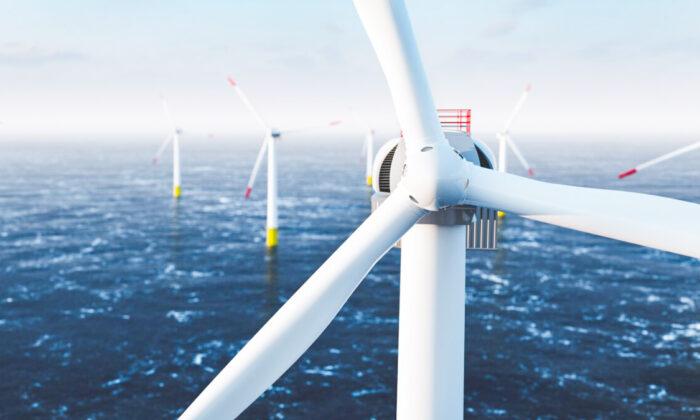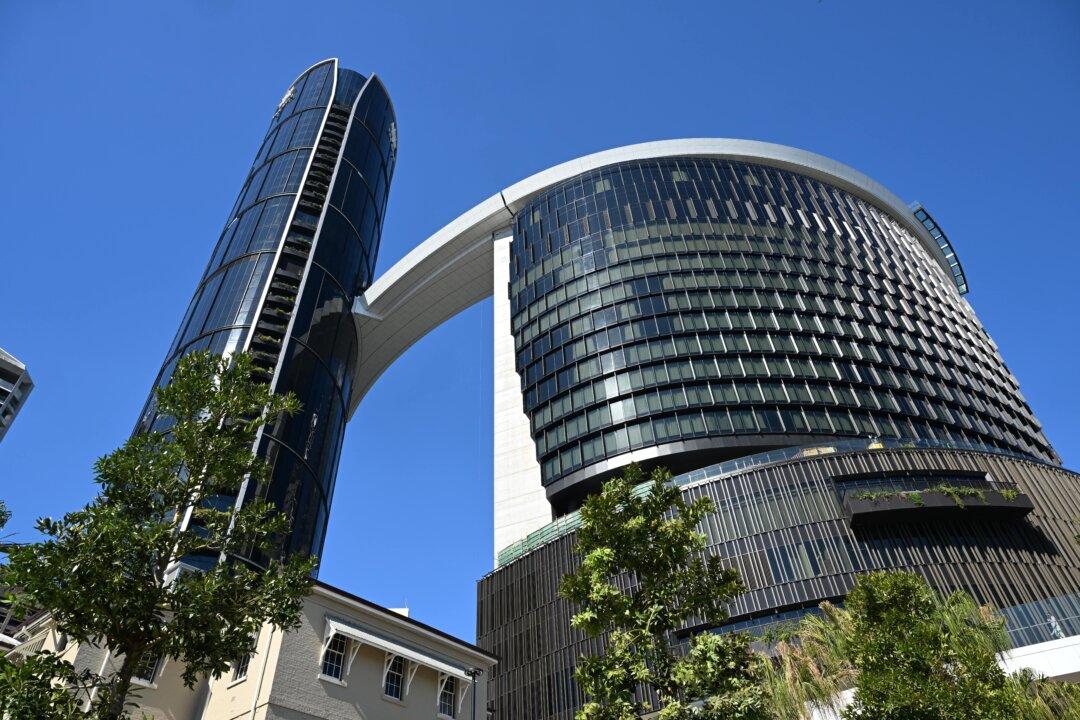If Australia wants an offshore wind industry, companies and governments are going to have to find skilled workers to plan, design and build it.
Competing in a tight global labour market, offshore wind developer Flotation Energy and the University of Melbourne have inked a deal to produce job-ready graduates and re-skill workers exiting the coal industry.
Students will be involved in the development of Australia’s first offshore wind farm, Flotation Energy’s Seadragon project in the Bass Strait.
Once developed, Seadragon is expected to power up to one million homes and replace coal-fired electricity generation.
Faculty of Engineering and Information Technology Prof. Frank Vetere said the partnership announced on Wednesday paves the way for innovation, education and research in an important new industry.
“By pooling our expertise, not only will we be supporting offshore wind energy production and reducing Australia’s carbon emissions, we'll also be preparing job-ready graduates and future leaders,” he said.
Nationwide, offshore wind projects are expected to bring thousands of construction jobs over the next 15 years and ongoing new energy roles when up and running.
Common elsewhere in the world, experts say Australia has a second-mover advantage, with technology costs falling while new laws provide investment and regulatory certainty.
Transmission lines and big batteries will also be vital to link offshore wind into a grid that’s meant to go 82 percent renewable by 2030.
Although the Gippsland zone off Victoria’s La Trobe Valley is expected to be the first region in Australia to power up, the Hunter region in NSW is one of six priority regions around the country with world-class offshore wind potential.
The renewables arm of French energy giant EDF last month bought the Newcastle Offshore Wind project, which will also need workers.
Providing scope for teams to move from project to project, other regions earmarked are off the Illawarra in NSW, the Southern Ocean region off Portland in Victoria, the Bass Strait region off northern Tasmania, and the Indian Ocean region off Perth/Bunbury.
The University of Melbourne Associate Prof. in Spatial Information Martin Tomko said students and academics from several disciplines will have opportunities to participate in Seadragon, which is expected to commence construction in 2028.
“They will gain valuable exposure and skills in many facets of the offshore wind sector, including structural and digital infrastructure engineering, seafloor mapping and environmental monitoring,” he said.
Situated adjacent to oil and gas platforms, the 1.5-gigawatt project is expected to bring $6 billion of investment into the Gippsland region.
Australia is part of an international alliance that aims to get to at least 380GW of global offshore wind capacity by 2030.
But the world needs that to grow to more than 2000GW by 2050 to help limit global warming to 1.5 degrees, according to the International Renewable Energy Agency.
The Australian Energy Market Operator has warned the reliability of the national electricity grid is in doubt during the next decade without urgent investments to replace coal plants.





